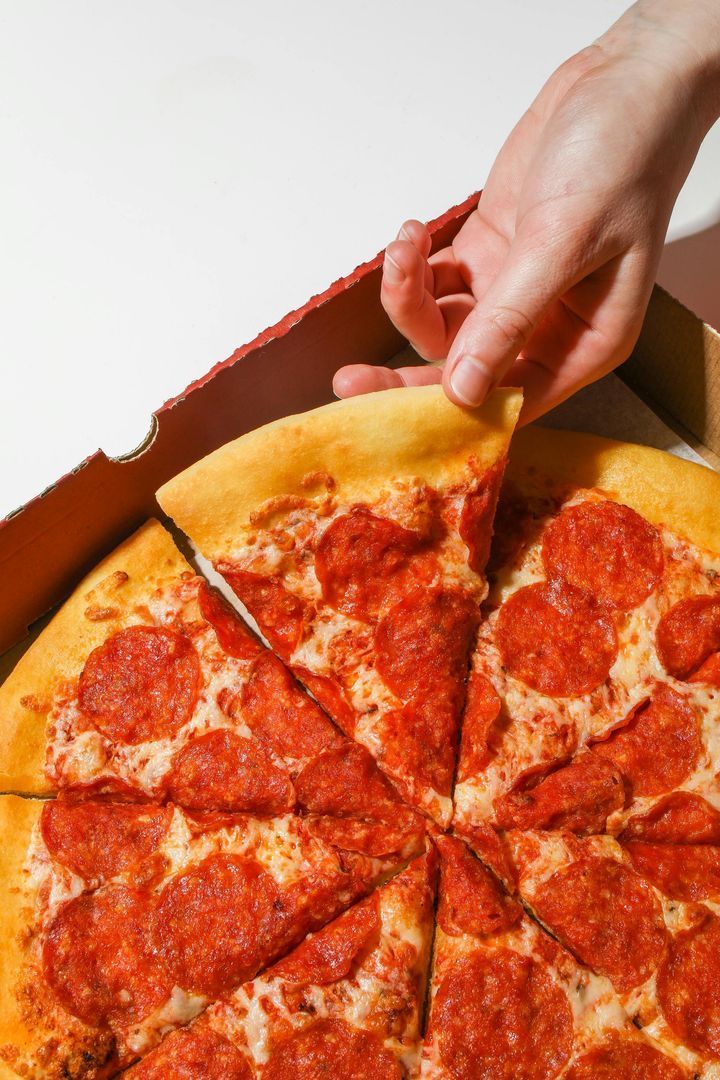Evolution of taste: how preferences change with age

From biscuits to bitter espresso: biology, memory, and culture on a plate.
Taste is not a static sense. Food preferences arent born and fixed once and for all: they evolve , often in surprising ways, throughout life. But why do we hate bitter vegetables as children and fall in love with black coffee or aged cheese as adults? The answer lies in an intricate web of biology, personal experience, and cultural influences .
The Sweet Instinct: The Biology of Childhood
At birth, humans show a marked preference for sweetness . This has an evolutionary explanation: the sweet taste is associated with breast milk and safe sources of energy (carbohydrates), while bitterness often indicates potential toxins.
📌 Biologically speaking , newborns have a very high number of taste buds, which are more active and distributed even in parts of the mouth that are no longer sensitive in adults. This makes them more reactive (and often more difficult) to strong or unpleasant flavors.
🧪 Source: Ventura Worobey (2013), “Early flavor learning and its impact on later feeding behavior.”
Experience and learning: the memory of taste

Over time, repeated exposure to new foods can change our taste perception . This happens in two ways:
- Sensory habituation : the palate adapts and becomes desensitized to certain flavors, making them more tolerable (e.g. the bitterness of some vegetables).
- Affective conditioning : if a food is associated with a happy moment (e.g. a dinner with friends), we will tend to like it more.
🍝 Taste is intertwined with episodic and affective memory , and becomes part of our identity. This is why we often return to certain childhood foods in difficult times (#comfortfood).
The development of bitterness: the maturity of the palate
Bitterness is the flavor we learn to appreciate later. Studies show that bitterness is culturally rehabilitated : coffee, beer, artichokes, or radicchio are often linked to adult rituals and mature social contexts.
As we age, our taste buds decrease in number and our olfactory receptors become dull. This makes us seek out more intense and structured flavors , such as aged cheeses, strong spices, fermented foods, or complex ethnic dishes.
🔍 Key study: Dinnella et al. (2011), “Sensory properties and consumer perception of different vegetable types.”
The development of bitterness: the maturity of the palate
Bitterness is the flavor we learn to appreciate later. Studies show that bitterness is culturally rehabilitated : coffee, beer, artichokes, or radicchio are often linked to adult rituals and mature social contexts.
As we age, our taste buds decrease in number and our olfactory receptors become dull. This makes us seek out more intense and structured flavors , such as aged cheeses, strong spices, fermented foods, or complex ethnic dishes.
🔍 Key study: Dinnella et al. (2011), “Sensory properties and consumer perception of different vegetable types.”
Culture shapes taste
The palate is also shaped by cultural background . Whats considered delicious in Italy (e.g., pecorino) may be too strong elsewhere. Conversely, some Asian cuisines develop a taste for fermentation (kimchi, natto) that takes time to be appreciated by those who werent raised there.
🧠 Food neophobia (the fear of new things) tends to diminish with age, especially if you travel, cook, or experience new cultures. Variety on your plate becomes a sign of maturity and open-mindedness .
Old age: taste, health and nostalgia
With old age, taste tends to fade further, and choices are made more closely tied to convenience, digestibility, and emotional memory . At this stage of life, we often seek simple, familiar, homey foods that evoke a sense of security (#memoryfood).
💡 Some people, however, experience a taste awakening linked to new dietary regimes (e.g., vegan or macrobiotic) that radically change their habits, also with positive psychological effects.
Age, Prevalent Preferences, Main Causes
Childhood Sweets, simple flavors Evolutionary biology, high taste sensitivity Adolescence Intense, salty, sugary foods Sociality, search for autonomy Adulthood Bitter, spicy, complex flavors Habit, culture, personal identity Senility Familiar and nutritious foods Sensory decline, nostalgia, nutritional needs Conclusion: taste is a journey, not a point of arrival
Our preferences arent fixed: they grow with us . If we listen to our palate, we can read in its evolution the stages of our lives, the influences of our culture, and the emotions that have marked us.
💬 And you, what did you love as a kid that you cant stand now? Or vice versa? Tell us in the comments.
#taste #foodpreferences #psychologyoftaste #evolutionoftaste #consciouseating #biologyoftaste #comfortfood #foodemotions

flavio_campaniolo
Data di inserimento 09 giu 2025
Report article


Comments
There are no comments yet.